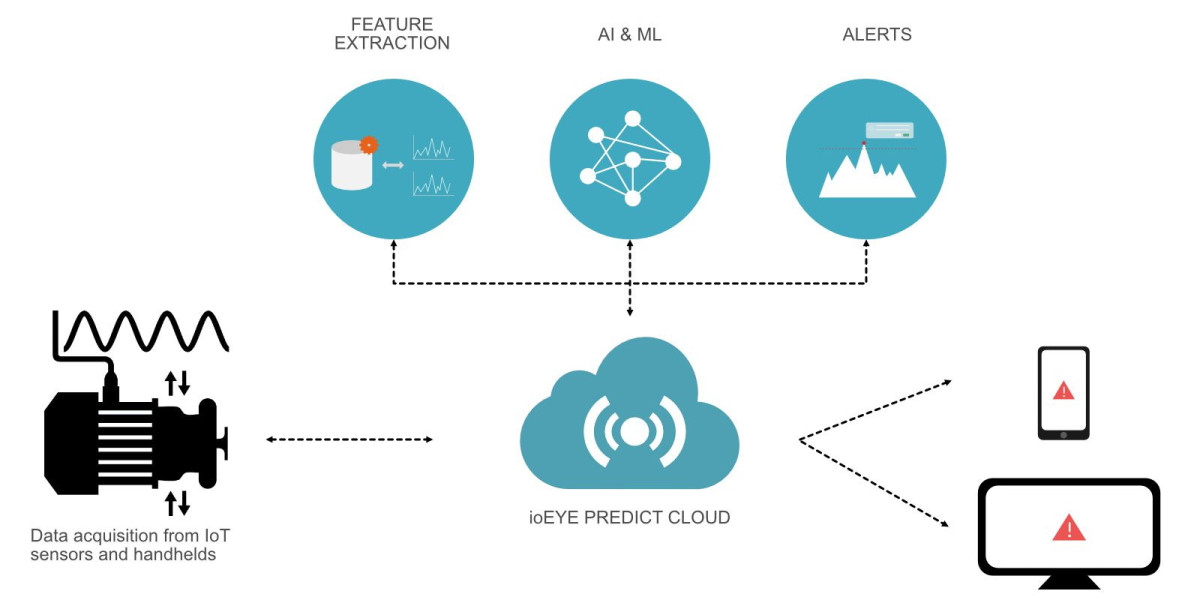The growing importance of Predictive Maintenance in modern industries has transformed the way businesses manage their equipment, reduce downtime, and optimize operations. Predictive maintenance leverages technologies such as artificial intelligence, IoT sensors, and big data analytics to anticipate potential equipment failures before they occur. By identifying issues early, companies can significantly minimize costly breakdowns, extend the lifespan of machinery, and enhance overall productivity. This proactive approach is increasingly preferred over traditional preventive or corrective maintenance, as it enables better decision-making and reduces operational inefficiencies.
One of the key advantages of predictive maintenance lies in its ability to process real-time data and generate actionable insights. Organizations in industries such as manufacturing, energy, automotive, aerospace, and logistics are adopting predictive maintenance solutions to maximize asset utilization. As smart sensors become more affordable and data integration technologies advance, the adoption of predictive maintenance solutions continues to rise. Moreover, industries facing high equipment costs, like oil and gas, find predictive maintenance particularly beneficial in maintaining uninterrupted production cycles while ensuring worker safety.
The market for predictive maintenance is expanding rapidly due to the growing demand for digital transformation and Industry 4.0. Governments and enterprises worldwide are investing in predictive maintenance systems to reduce unplanned downtime and improve cost efficiency. Additionally, advancements in cloud computing and machine learning have accelerated the accuracy and scalability of predictive solutions. These tools allow businesses to forecast potential failures with precision, thereby lowering operational risks and increasing return on investment.
In the future, predictive maintenance is expected to integrate with advanced robotics and digital twins, further revolutionizing asset management. With sustainability becoming a priority, predictive maintenance also contributes by reducing energy consumption and waste. As more industries adopt digital technologies, predictive maintenance will remain a cornerstone in achieving operational resilience, cost savings, and business competitiveness.








